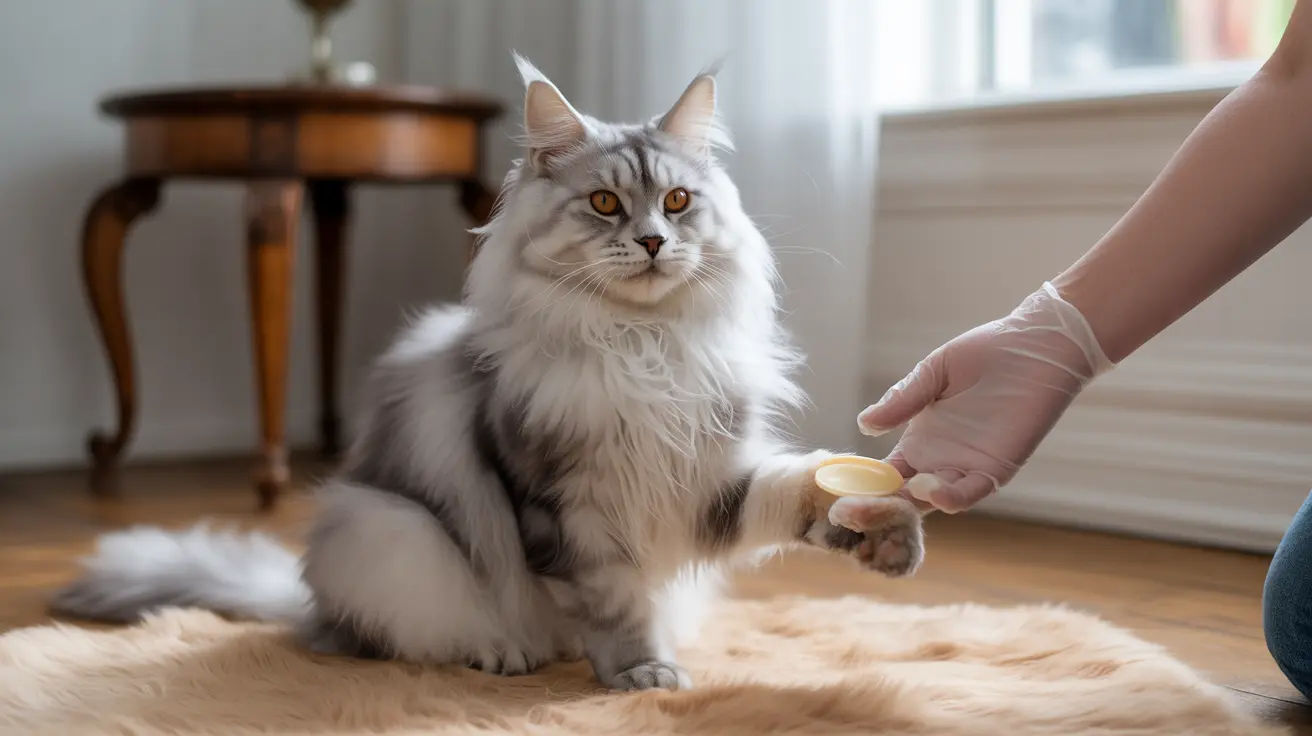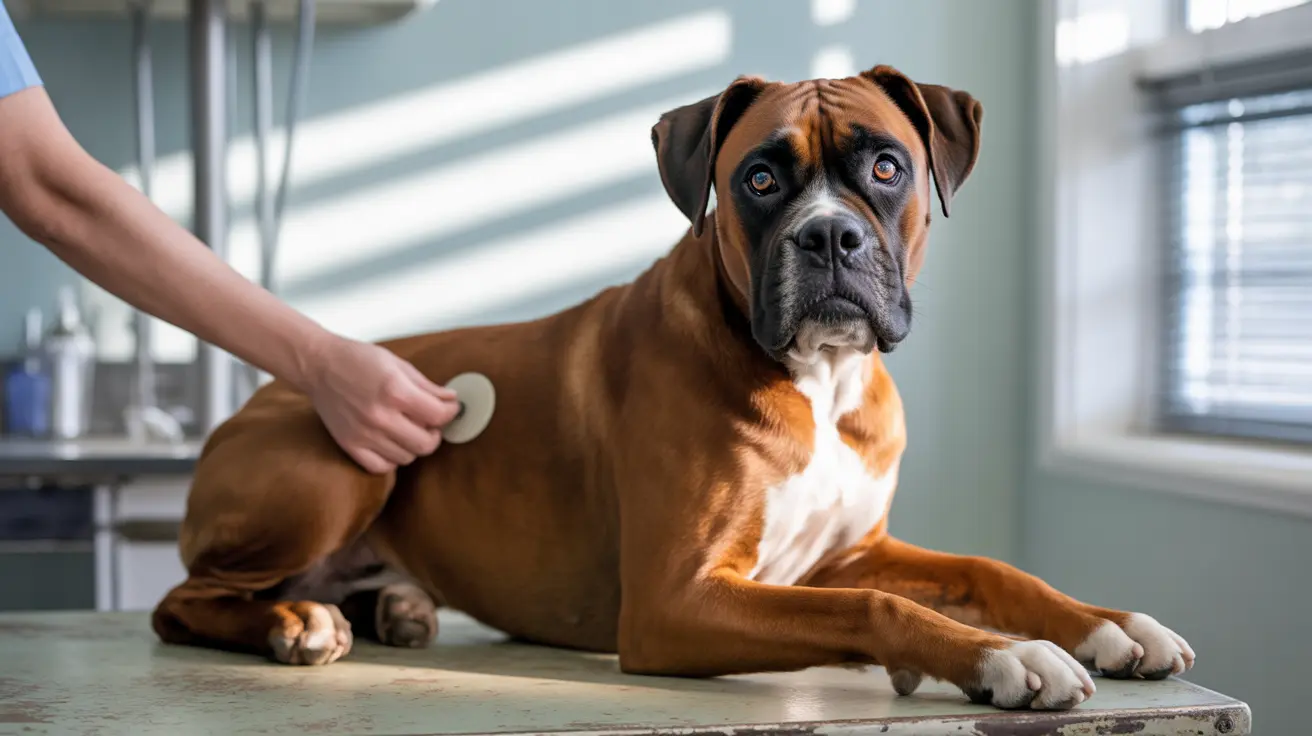As pet owners, we often wonder about the safety of common household products around our feline friends. Vaseline, or petroleum jelly, is one such product that raises questions about its safety and appropriate use with cats. This comprehensive guide will explore everything you need to know about using Vaseline with cats, including its benefits, risks, and proper application methods.
Understanding Vaseline and Its Uses for Cats
Vaseline is a petroleum-based product that creates a moisture-barrier on the skin. While it doesn't add moisture directly, it helps lock in existing moisture by forming a protective layer. For cats, Vaseline is sometimes used to address various concerns, from dry paws to hairball management, but its use requires careful consideration and proper application.
Safe External Applications
When used externally and in moderation, Vaseline can be beneficial for cats in specific situations. Common safe applications include:
- Moisturizing dry or cracked paw pads
- Protecting minor skin irritations
- Soothing chapped nose leather
- Creating a barrier against winter salt on paws
However, it's crucial to apply only a thin layer and monitor your cat to ensure they don't excessively lick the area.
Potential Risks and Concerns
Ingestion Risks
While small amounts of Vaseline licked from paws generally aren't toxic, larger quantities can cause several problems:
- Gastrointestinal upset
- Diarrhea or vomiting
- Decreased appetite
- Potential interference with vitamin absorption
- Risk of aspiration pneumonia if inhaled
Long-term Health Implications
Regular or excessive exposure to Vaseline can lead to more serious health issues:
- Difficulty absorbing fat-soluble vitamins (A, D, E, and K)
- Chronic digestive problems
- Potential dependency when used as a hairball remedy
- Accumulation of petroleum products in the body
Safe Usage Guidelines
If you choose to use Vaseline on your cat, follow these essential safety guidelines:
- Always consult your veterinarian first
- Use only pure, unscented petroleum jelly
- Apply sparingly and only when necessary
- Monitor your cat after application
- Keep application areas small and localized
Better Alternatives to Consider
Several safer alternatives exist for common issues that might prompt Vaseline use:
- Commercial pet-specific paw balms
- Veterinary-approved hairball remedies
- Natural moisturizers like coconut oil (under vet supervision)
- Regular grooming to prevent hairballs
- Increased dietary fiber for digestive health
Frequently Asked Questions
Is it safe to apply Vaseline to my cat's paws or skin?
Yes, when used sparingly and under veterinary guidance, Vaseline can be safely applied to a cat's paws or skin. However, only use a thin layer and monitor your cat to prevent excessive licking.
What are the risks if my cat licks or ingests Vaseline?
Small amounts typically aren't toxic, but larger quantities can cause digestive upset, vitamin absorption issues, and in rare cases, aspiration pneumonia. Monitor for symptoms like vomiting, diarrhea, or respiratory distress.
Can Vaseline be used to treat hairballs in cats safely?
While some use Vaseline for hairballs, it's not recommended without veterinary approval. There are safer, specifically formulated products available for hairball management.
Are there safer alternatives to Vaseline for moisturizing my cat's dry paws?
Yes, pet-specific paw balms, commercial moisturizers designed for cats, and natural alternatives like coconut oil (with vet approval) are often safer options.
What symptoms indicate Vaseline poisoning in cats, and when should I see a vet?
Contact your vet immediately if you notice excessive drooling, vomiting, diarrhea, lethargy, coughing, or difficulty breathing after Vaseline exposure or ingestion.
Conclusion
While Vaseline can be safe for cats in specific, controlled circumstances, it's essential to use it cautiously and only under veterinary guidance. For most situations, safer alternatives specifically designed for feline use are available and preferable. Always prioritize your cat's safety by consulting with your veterinarian before introducing any new products into their care routine.






